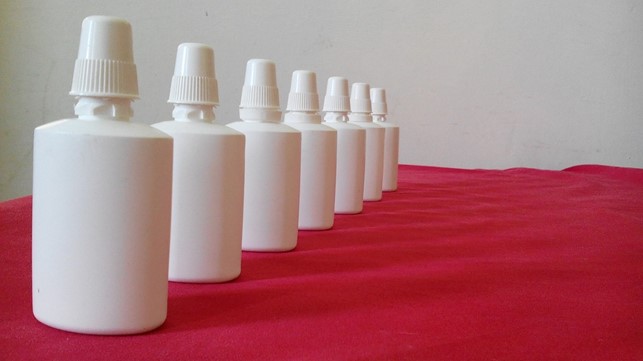
Adrenaline nasal spray: the revolution against allergic shock
FDA approved the first adrenaline-based nasal spray used to treat anaphylactic shock
An epochal breakthrough in the management of severe allergic reactions has been announced by the US Food and Drug Administration (FDA). The regulatory body has approved the first adrenaline-based nasal spray, a life-saving drug used to treat anaphylactic shock.
Adrenaline: a lifesaver
Adrenaline, or epinephrine, is a hormone produced by the adrenal glands which, in case of anaphylactic shock, is administered to counteract the dangerous allergic reaction. This substance acts on several fronts: constrains the blood vessels, opens the airways, increases the heart rate and counteracts the release of substances that cause inflammation.
From injection to spray: a new era
Until now, adrenaline was administered exclusively by intramuscular injection, a gesture that often instilled fear, especially in children and people with fear of needles. Nasal spray is a real revolution, offering a more practical and less invasive alternative.
Benefits of nasal spray
- Increased acceptance: The fear of injections is a significant obstacle for many patients. The nasal spray, being easier to use, could increase adherence to therapy
- Fast acting: Clinical studies have shown that nasal spray quickly reaches the levels of adrenaline in the blood needed to counteract anaphylaxis
- Ease of use: The nasal spray is convenient to carry and can be self-administered in an emergency
Comparison with injection
Intramuscular injection, while still an effective method, has some disadvantages compared to nasal spray. In addition to the fear of needles, injection requires some manual skill and may be more painful. In addition, the injection may cause local side effects such as redness and swelling at the injection site.
The future of anaphylaxis therapies
The arrival of the nasal adrenaline spray is an important step forward and opens new perspectives for anaphylaxis management. This new formulation, more practical and less invasive than traditional injections, could revolutionise the management of severe allergies by making it more accessible and less anxiogenic for patients. It is also expected that this new therapy will significantly reduce the number of cases of untreated anaphylaxis and improve the quality of life for allergic patients. Despite the enormous progress made, research continues to advance and even more effective and personalised therapies could be developed in the future.


